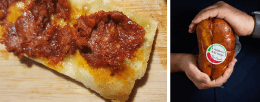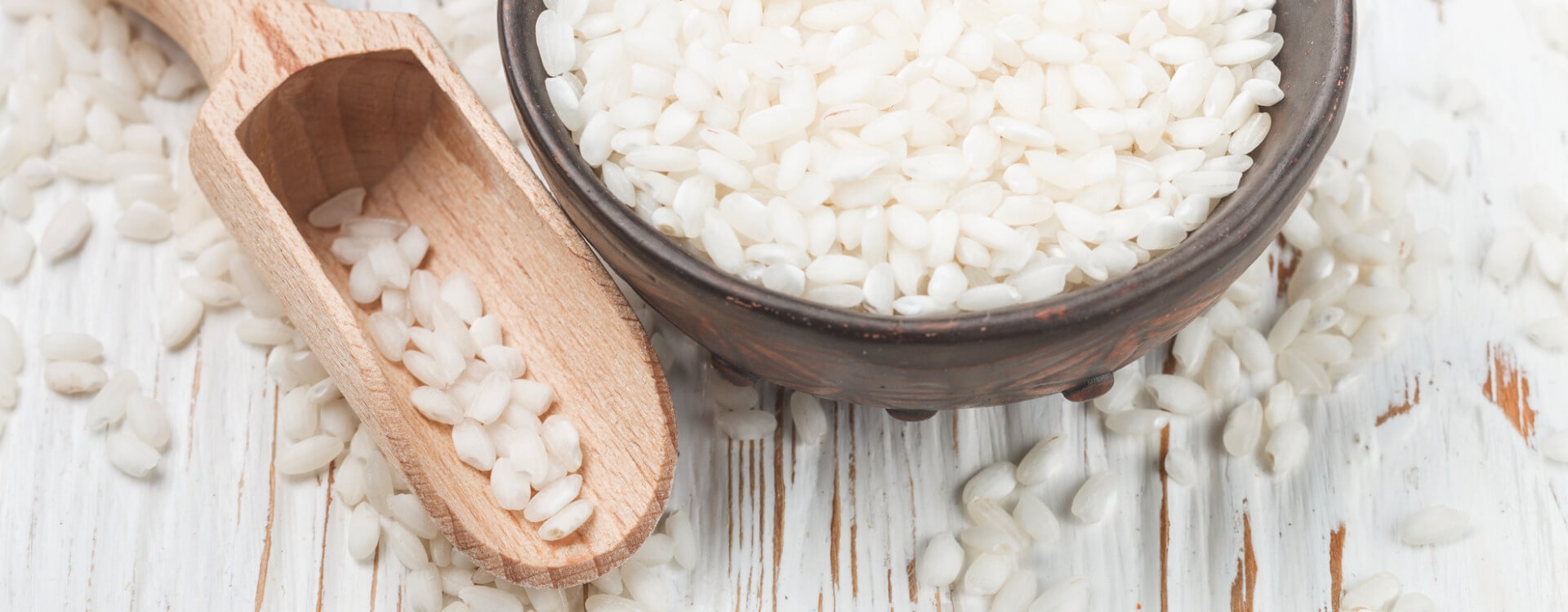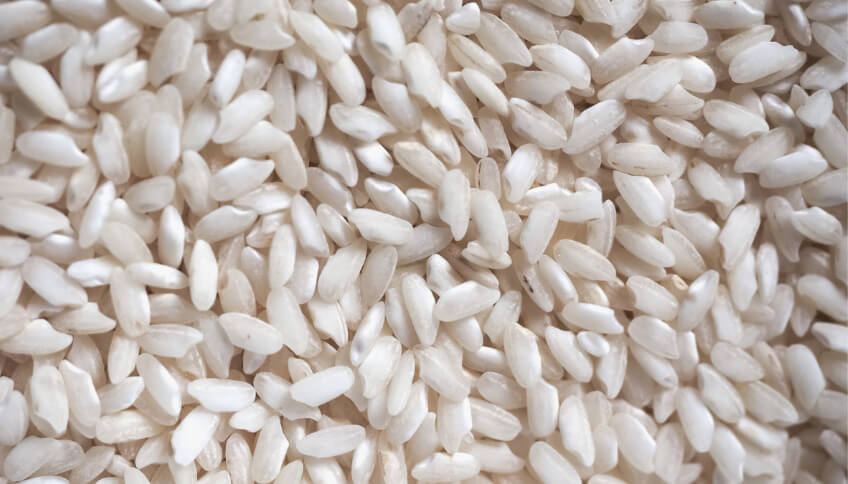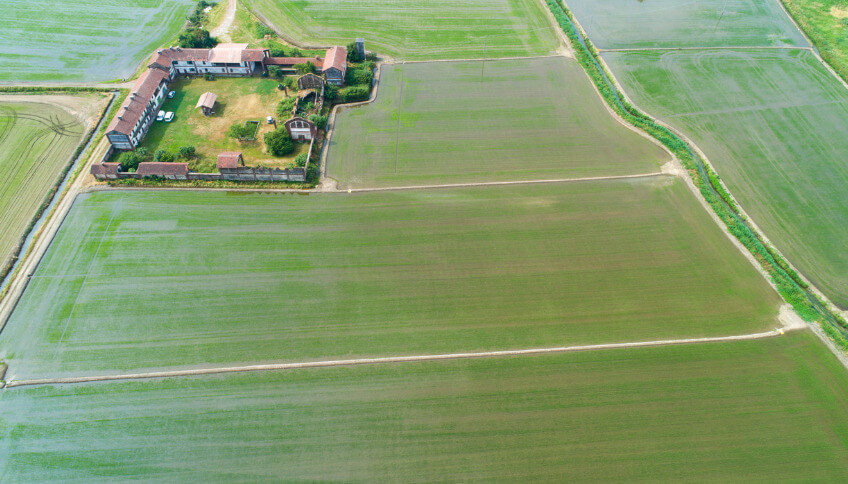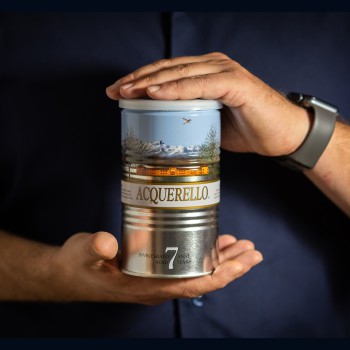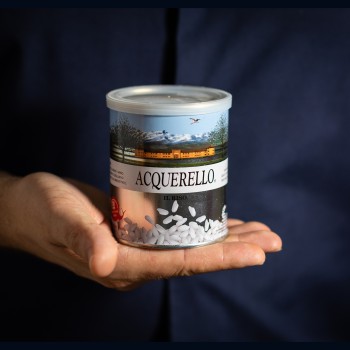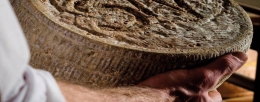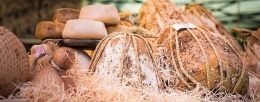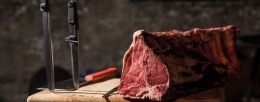Ferragosto is approaching, whip out the picnic baskets! What are we taking? All quick preparations to make and practical to carry and eat - dishes and cutlery are hardly needed! The secret? The best Italian cured meats.
ITALIAN RICE CULTIVARS
CARNAROLI RICE & Co.: DISCOVERING EVERY RICE TYPE
In Italy rice is rarely seen as a side dish; it is an actual ingredient used in both traditional and more innovative dishes. Timbales, risotto, supplì stuffed rice balls, rice meatballs, rice salads…The Italian regional culinary tradition features plenty of recipes with rice. Nowadays we can find many rice cultivars on the market and luckily, the general public is getting to know many rice companies. Let’s plunge into the world of Italian rice.
How is Italian rice classified?
The classification of rice types in Italy has drastically changed in 2017; up until that year, the 1958 classification was adopted (rice was previously classified into common, semifine, fine and superfine rice). Today rice is differentiated based on grain size, each with specific cooking qualities corresponding to different water uptake times.
Originario round-rice grain: it is an Italian rice whose grains shall be not less than 5.2mm long with a length to width ratio below 2mm. Therefore, this rice features round and small grains which absorb liquids and cook quickly. Round grain varieties are ideal for cakes and soups.
Medium-rice grain: these rice grains shall be between 5.2mm and maximum 6mm long with a length to width ratio below 3mm. It is the perfect cultivar to make Arancini and timbales, because it can be cooked twice, while still keeping its structure.
Long-grain rice type A: these rice grains shall be over 6mm long with a length to width ratio between 2 and 3 mm. This rice is mainly employed to prepare risottos, since its grains hold perfectly well during the quite long cooking process and the amount of starch enables it to be stirred in a pan.
Long-grain rice type B: these rice grains shall be over 6mm long with a length to width ratio greater than 3mm. Because of its shape, this rice is very similar to Asian rice cultivars and is mainly employed for salads and side dishes.
Some data on Italian rice
- Italian rice production accounts for 52% of European rice production
- 60% of Italian rice grown in Italy is exported everywhere in the world
- The top rice producing regions are: Piedmont, Lombardy, Veneto, Emilia-Romagna and Sardinia, as well as two small areas in Tuscany and Calabria
- Italian paddy fields are spread over 200,000 hectares
- Italy imports only Basmati rice and those rice cultivars which are going to be parboiled
- Italy is located on the threshold area beyond which rice cannot be cultivated, i.e. the 45th parallel
Which variety should I choose?
It all depends on which dish you want to make. Each recipe requires a different type of rice, but choosing the right one is not always easy, given also the fact that 200 rice varieties exist in Italy, as registered by the National Rice Body. Only the following ones are considered ‘traditional varieties’:
- Carnaroli rice
- Arborio rice
- Roma-Baldo rice
- Ribe rice
- Vialone Nano rice
- Sant’Andrea rice
Perhaps not everyone knows that rice is marketed with the name of the reference traditional rice variety, as listed above. Traditional rice varieties are like families encompassing several variety groups. Karnak, Keope or Poseidone rice varieties, which actually exist, are marketed as Carnaroli. Only the Carnaroli rice bearing the name ‘Classico’ only includes pure Carnaroli rice cultivar.
How important are grain characteristics? Very important. Water uptake time depends on the grain size, while the grain texture after cooking depends on the amount of starch - amylose - contained in rice. In order to choose the right rice cultivar, you need to take into account the grain structure, texture and coarseness.
Carnaroli rice
We have chosen an exceptional Carnaroli rice: Acquerello rice which has been cultivated by the Rondolino family for almost a century in the paddy fields in their Colombara estate in Vercelli. This rice variety belongs to the long-grain rice type A, so the rice grain is tapered with a pearly finish. It belongs to the Italian agricultural and culinary tradition and is ideal for risotto, given its high amount of amylose (rice starch). It requires a long cooking process - 18 minutes in the case of risotto - and the grain holds its structure well without getting sticky.
However, it is such a shame to only use it for risottos, since Carnaroli rice is also ideal for gourmet rice salads or many regional dishes.
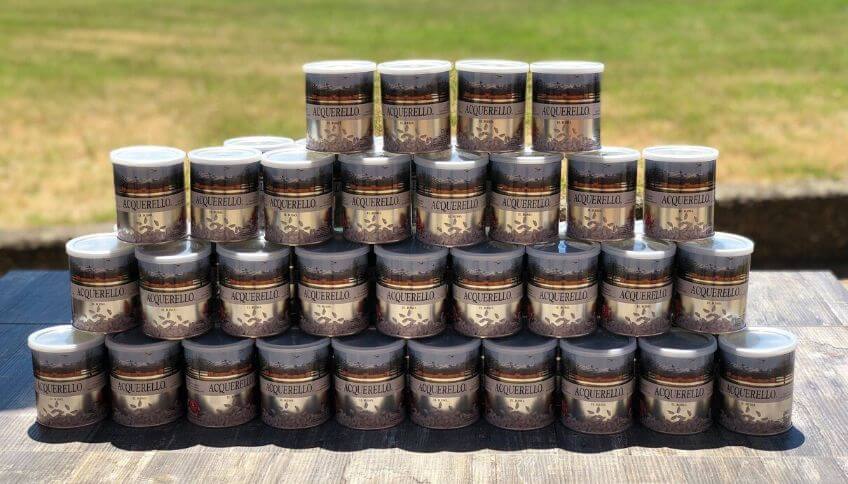
Arborio rice
Arborio rice also belongs to the long-grain rice type A, whose grains have a slightly square and semi-round shape. It does not contain as much amylose as the Carnaroli rice, but it is still employed to prepare delicious risottos. We like to use it to make incredible timbales and stuffed vegetables.
Arborio rice can absorb as much as five times its weight in liquids, and its big grains guarantee excellent cooking properties - surely its greatest quality. Use it to make Arancini!
Roma-Baldo rice
The traditional Baldo rice variety is also a long-grain rice type A and is part of the PGI rice varieties of the Po river delta. It is very similar to Roma variety - also long-grain rice type A; that’s why it is called Roma-Baldo rice.
Baldo rice features a translucent grain and is a ‘young’ variety, first marketed in 1977. Now it is coveted by great chefs to prepare salads and traditional risottos from Piedmont.
Roma rice has a semi-tapered shape, but the grain has a pearly finish and quicker cooking times. It is a historic rice cultivar with an excellent uptake of condiments. Ideal for flans and timbales.
Vialone Nano rice
Vialone Nano rice features a rounder and pearlier grain; that’s why it is classified as common rice grain. Vialone Nano is cultivated in the region Veneto and the Vialone Nano Veronese has obtained the PGI denomination.
These rice grains have a pearly finish, are rather squat and perfectly absorb condiments. It is an historic Italian rice cultivar with excellent cooking properties, and it’s used in many Venetian traditional recipes.
Sant’Andrea rice
My grandmother used to say that this is the perfect rice to make Tuscan rice pudding. I don’t know whether there is scientific evidence backing this statement, but I can say that it really does taste amazing. Sant’Andrea is a long-grain rice type A with pearly and tapered grains. It is a Piedmont rice cultivar, to which PDO Baraggia Biellese and Vercellese cultivars belong.
The recipe of Panissa Vercellese is deeply tied to the Sant’Andrea rice. Perhaps because the name of this rice is an homage to the Vercelli cathedral and it is a traditional dish of this plain; all we know is that the flavour combination with sausages and beans is just out of this world!























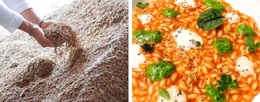
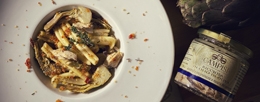


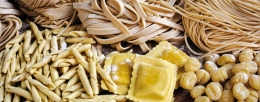

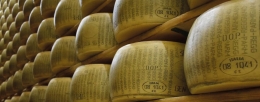
.jpg)
